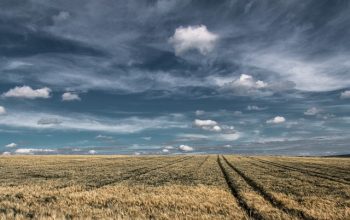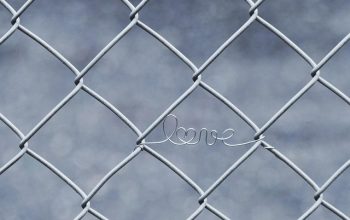Fencing your farm in Ontario involves strategic considerations for both functional and aesthetic purposes. Aligned with your land's topography, climate, and local regulations, choose durable materials like metal or low-maintenance plastics for optimal performance. Design diverse layouts using suitable fencing types for specific areas, balancing functionality and aesthetics. Regular maintenance, including inspections, cleaning, and coatings, ensures the longevity of your farm fence, safeguarding livestock and crops while enhancing property value.
Ontario farmers know that the right fence can make all the difference. From protecting livestock to defining property lines, a well-chosen farm fencing system is an essential investment. This guide covers 5 key steps to ensure success: understanding your unique farming needs, selecting robust materials suited to our climate, designing an efficient layout, expert installation, and simple yet crucial maintenance practices. Discover how to build a durable fence that serves both your farm’s practical requirements and aesthetic appeal.
Understanding Your Farm's Fencing Needs
Fencing your farm isn’t just about keeping animals in—it’s about defining boundaries, enhancing security, and potentially increasing property value. Before setting out to install a fence for farms, it’s crucial to understand the specific needs of your land. Consider the purpose of fencing: is it to contain livestock, create a visual boundary, deter wildlife intrusion, or improve aesthetic appeal? The type of fence you choose should align with these objectives and the unique topography of your farm.
Various factors influence the choice of fencing materials and designs in Ontario. Climate plays a significant role; durable materials that can withstand harsh winters and hot summers are ideal. Soil conditions and available space also matter, as some fences require specific posts or foundations for stability. Moreover, local regulations regarding fence heights, materials, and placement should be considered to ensure compliance with rural zoning laws, especially when dealing with visible boundaries between properties.
Selecting the Right Fence Material
When considering a fence for farms in Ontario, selecting the right material is a top priority. The ideal farm fence should be durable, able to withstand harsh weather conditions and potential animal impact. Metal, such as steel or aluminium, offers superior strength and longevity, making it a popular choice among farmers. These materials are less susceptible to rot, rust, or damage from grazing animals, ensuring your fence remains sturdy for years.
Additionally, modern fencing options include high-density polyethylene (HDPE) and vinyl, known for their low maintenance and resistance to environmental factors. These materials are lightweight yet strong, reducing installation costs and labour requirements. When choosing a farm fence, consider the specific needs of your operation, including animal containment, security, and aesthetic preferences, to ensure the best fit for your Ontario farm.
Designing a Farm Fence Layout
When designing a farm fence layout, consider the unique needs and challenges of your property. Different areas may require different types of fencing – from sturdy wood posts for pasture boundaries to durable electric fences for livestock control. Mapping out your land and identifying key features such as water sources, fields, and areas for grazing or cultivation will help in determining the most efficient fence placement.
Think beyond just functionality; incorporate aesthetics into your farm fence design. Natural materials like wooden posts and wire fencing can blend seamlessly with the surrounding landscape, while modern vinyl or metal fences offer a more industrial look. Ensure your chosen layout complements your overall farm aesthetic while effectively managing your livestock and protecting your crops.
Installation and Maintenance Tips
When it comes to installing a farm fence, proper maintenance is just as crucial as the initial setup. A well-maintained fence can last for years, providing effective protection for your crops and livestock. Start by regularly inspecting your fence for any signs of damage or wear and tear. Repairs should be addressed promptly to prevent further issues. Keep an eye out for loose posts, damaged rails, or rotting wood, as these are common problems that require timely attention.
Regular cleaning is another vital aspect of maintenance. Remove any debris, such as branches or leaves, that might accumulate on the fence over time. This not only keeps your fence looking neat but also prevents potential hazards like fire risks from dry vegetation. Additionally, applying a fresh coat of paint or sealant can protect the fence from the elements, prolonging its lifespan and maintaining its structural integrity. Remember, a sturdy farm fence is an investment, and proper maintenance ensures it remains effective for safeguarding your agricultural operations.
Fencing your farm is a significant investment, but with the right planning and execution, it can revolutionize your land management. By understanding your unique fencing needs, choosing durable materials, designing an efficient layout, and implementing proper installation and maintenance practices, you’ll create a robust fence for farms that stands the test of time. These five key steps will ensure your farm is secure and well-organized, enhancing both functionality and aesthetics.




